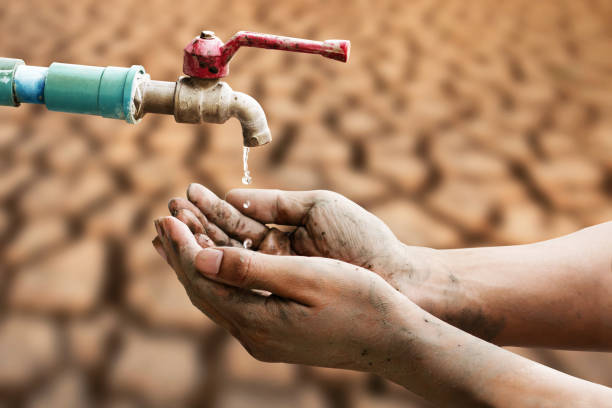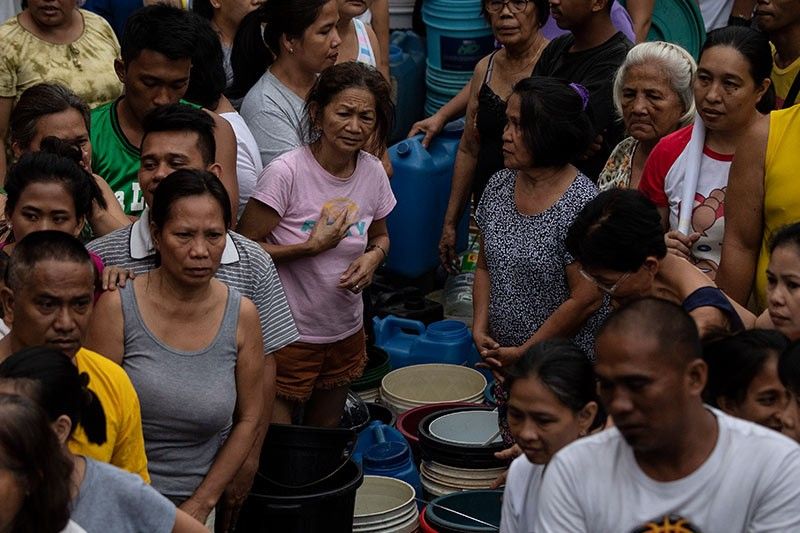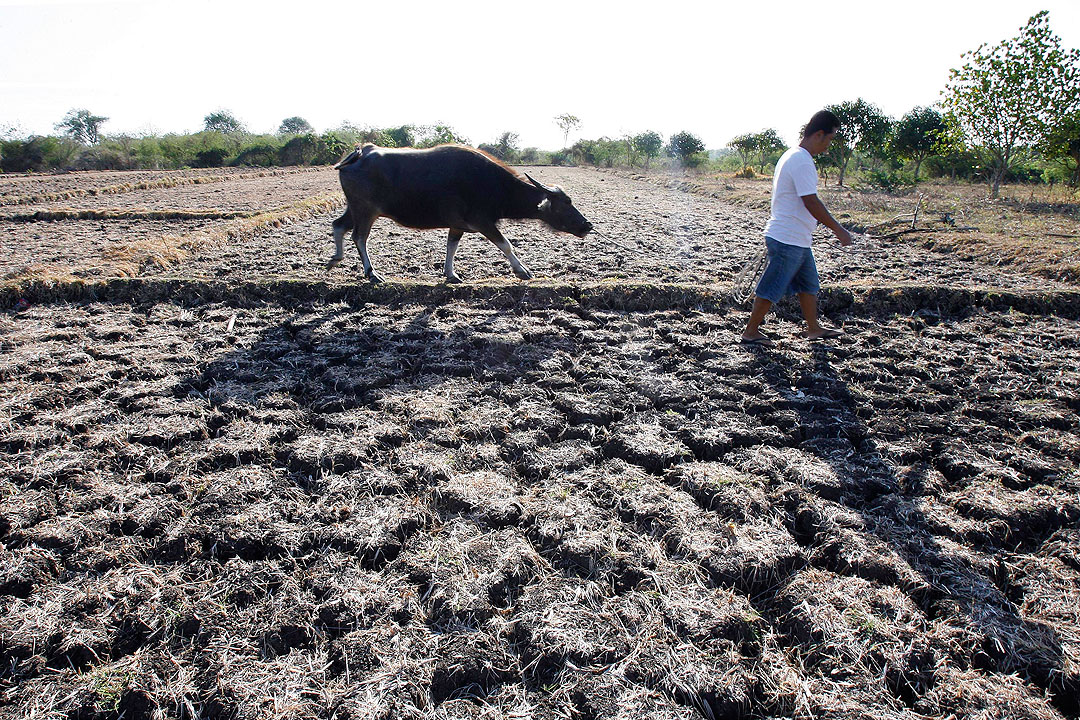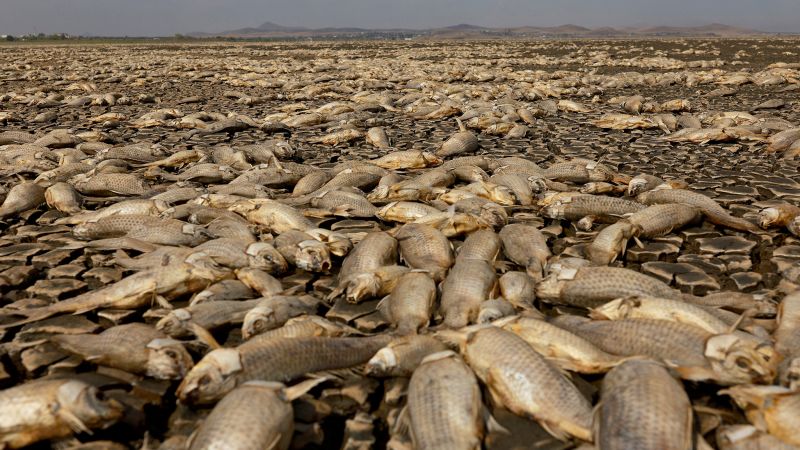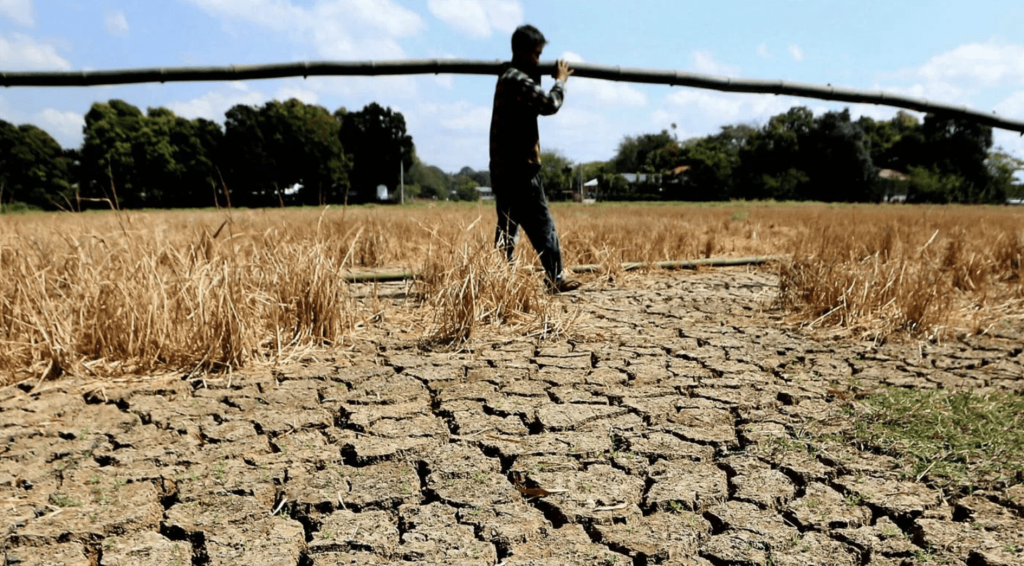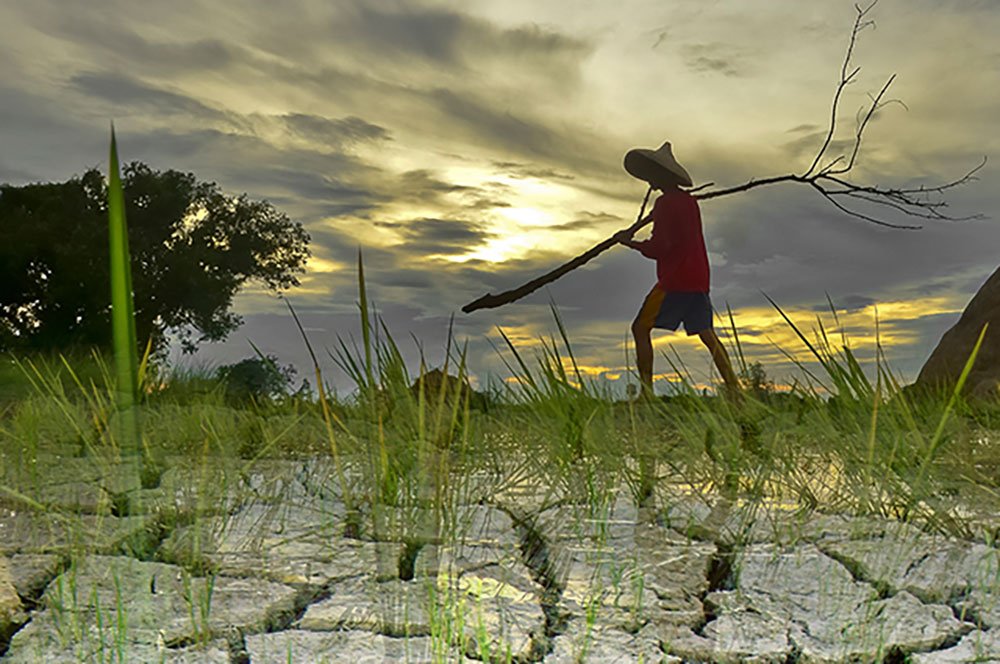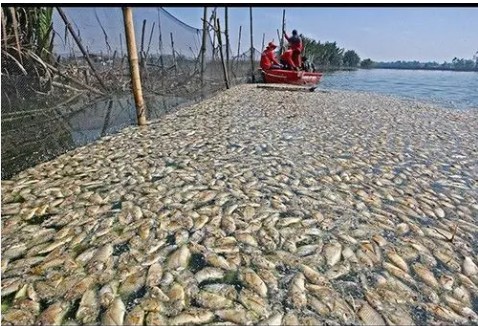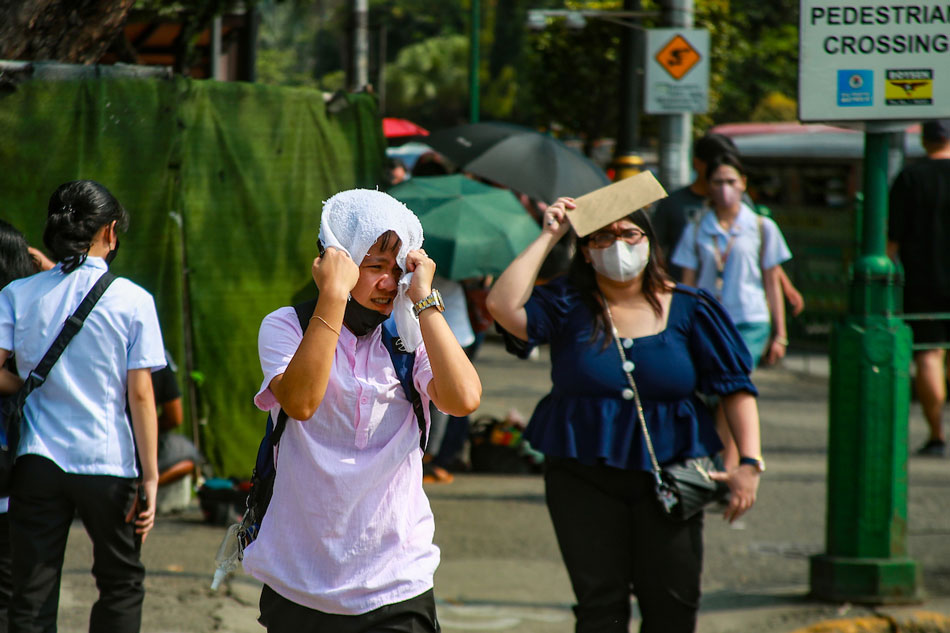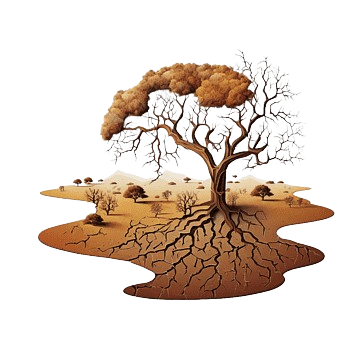EL NIÑO SOUTHERN OSCILLATION (ENSO)
A natural climate phenomenon resulting from the interaction between the ocean and atmosphere in the central and eastern equatorial Pacific.
More InformationThe Warm Phase of ENSO
Lasts between 8 to 12 months.
Occurs every 2 to 7 years.
The strongest phase happens every 10 to 15 years.
EL NIÑO CAN BE IDENTIFIED WHEN:
Higher temperatures, 0.5°C or more above normal.
Weaker easterly winds.
Less cloud cover across the Philippines, leading to reduced rainfall.
EFFECTS OF EL NIÑO ON DIFFERENT SECTORS
HUMAN HEALTH
Less water available for personal hygiene.
WATER SOURCES
Reduced water flow and groundwater levels due to infrequent rainfall.
ENVIRONMENT
Increased drying of forests and peatlands.
AGRICULTURE
Decreased production and harvest due to less frequent rainfall.
MARINE RESOURCES
Higher mortality rates of fish and increased red tide occurrences.
RELATED NEWS
CLIMATE EFFECTS IN THE PHILIPPINES
01
The onset of the rainy season is delayed.
02
The number of typhoons forming decreases.
03
The dry season lasts longer.
04
Rainfall is below normal levels.
05
Rainfall is weak or infrequent.
06
Air temperature is higher than normal.
TIPS TO SAVE WATER
01 Turn off the faucet while brushing your teeth. It’s better to use a glass.
This helps conserve water, especially when supply is limited during El Niño.
02 Remove leftover food from plates before washing. Rinse using water in a bucket and set aside used water for flushing the toilet.
This helps recycle water and prevents wastage, especially in areas severely affected by drought.
03 Reuse laundry water for cleaning the floor, toilet, and other household chores.
Every drop counts, and reusing water can maximize its use in the household.
04 Water plants in the morning or late afternoon to reduce evaporation.
This prevents rapid water loss and allows plants to absorb moisture more effectively.
05 Avoid using a hose when washing your car. Use a damp cloth and a bucket instead.
This reduces water waste and allows better control over water consumption compared to a continuously running hose.
06 Store water in drums or buckets for use during extended dry seasons.
Always have a reserve supply of water for daily use, especially during water interruptions.
WHAT TO DO DURING EL NIÑO
01 CONSERVE WATER USAGE
Avoid wasting water and reuse it when possible, such as using laundry water for cleaning floors or flushing toilets.
02 Bring an umbrella and wear a hat for protection against the heat when going outside.
Go out only when necessary, especially during peak heat hours (10 AM to 4 PM).
03 Drink plenty of water to avoid dehydration.
Avoid excessive sugary drinks and alcohol, as they can worsen dehydration.
04 Wear light, loose, and breathable clothing. If possible, cover your skin to protect it from extreme heat.
Wear white or light-colored clothing as they help reflect heat and keep the body cool.
05 If working outdoors, take breaks every hour to prevent overheating.
Rest in a shaded or cool area and avoid excessive labor during the hottest parts of the day to prevent heat stroke.
06 If there’s no air conditioning, stay in the coolest part of the house away from direct sunlight.
Open windows and use an electric fan to improve air circulation inside the house.
